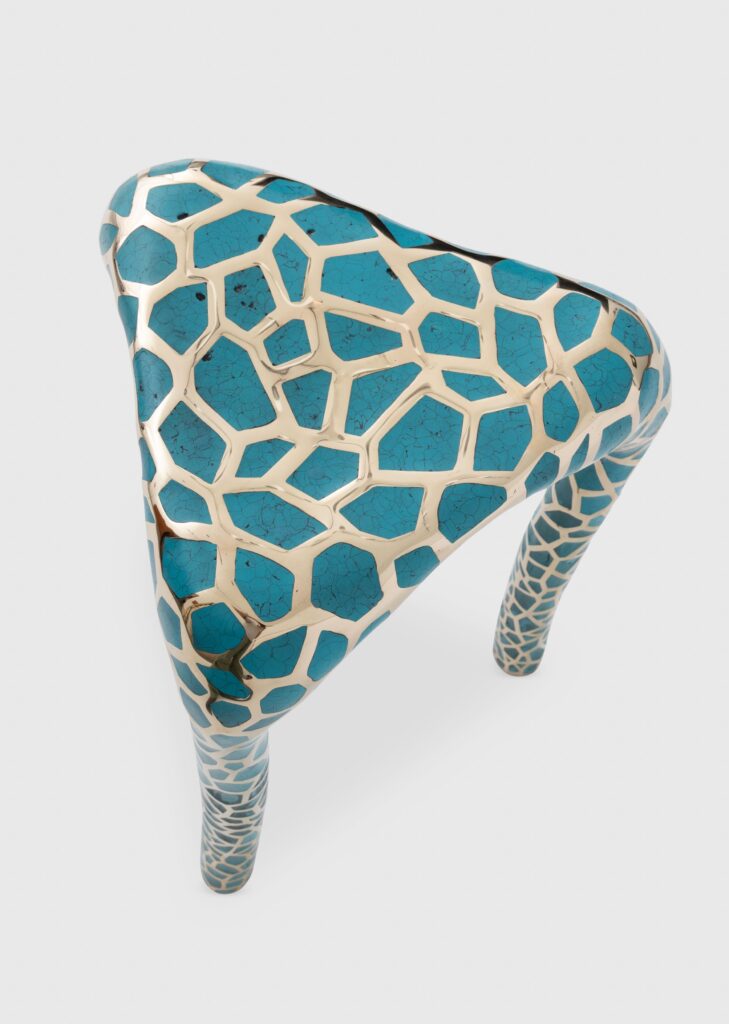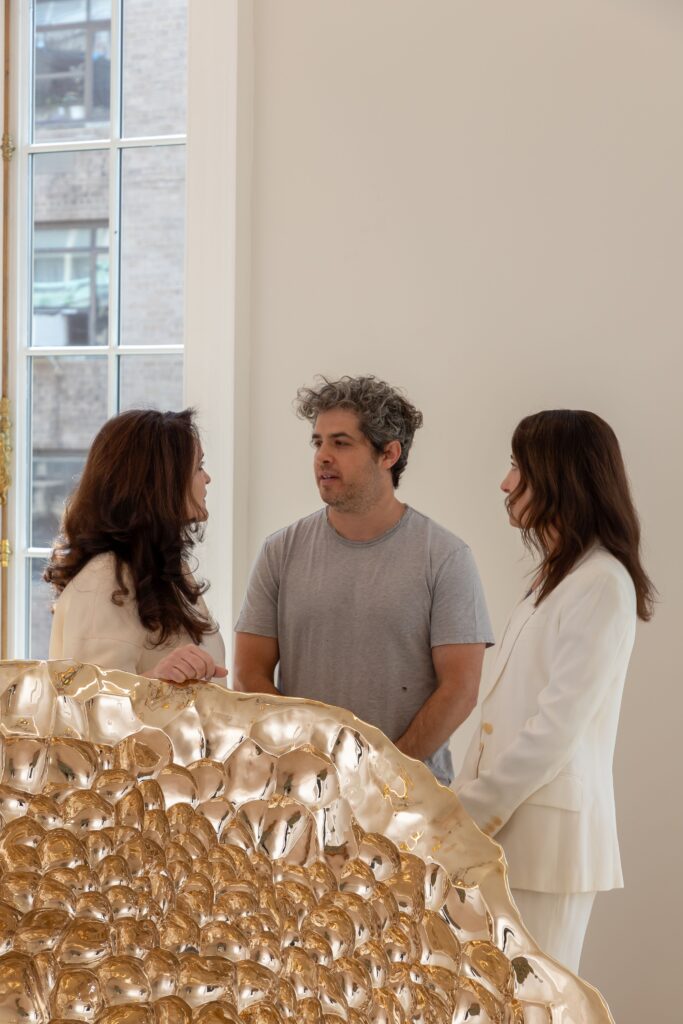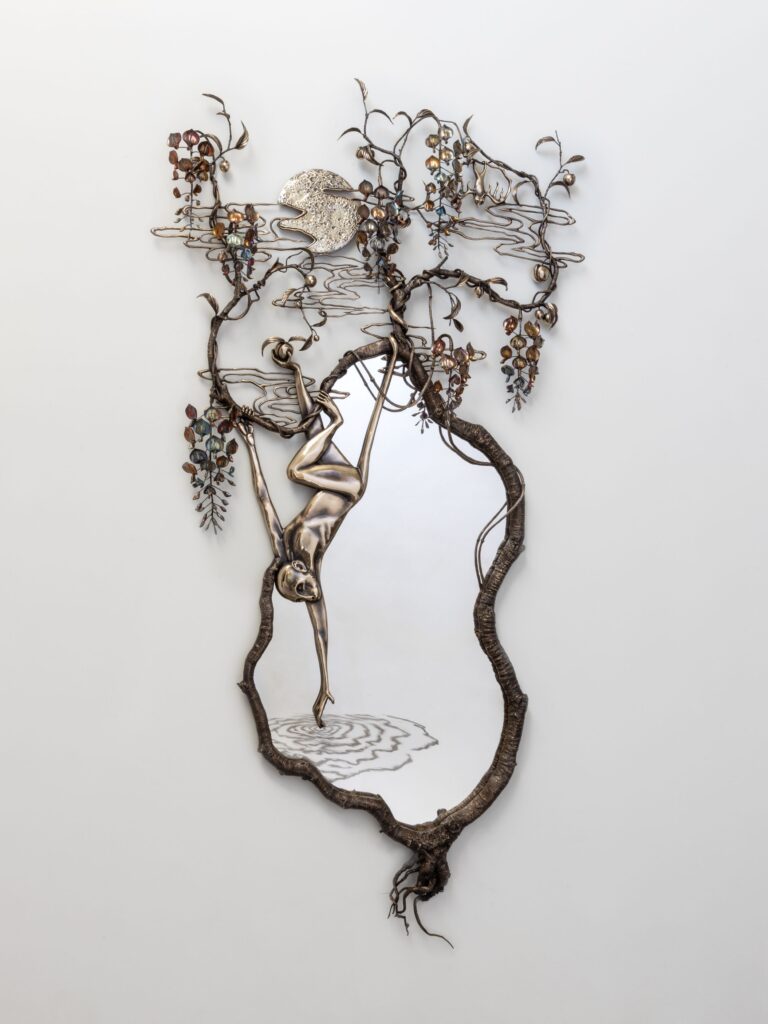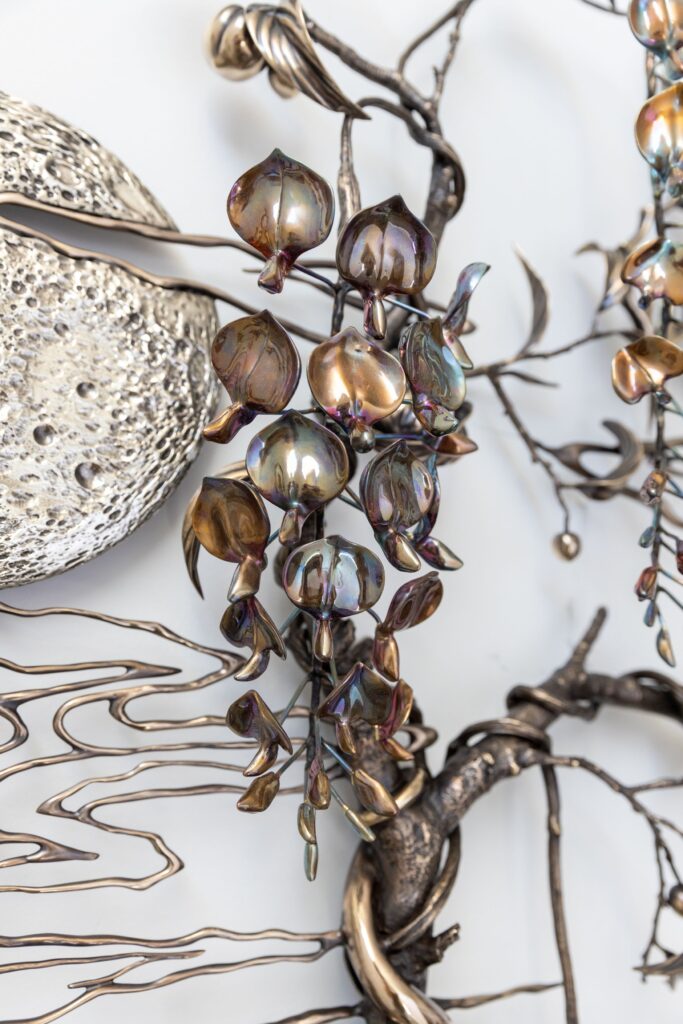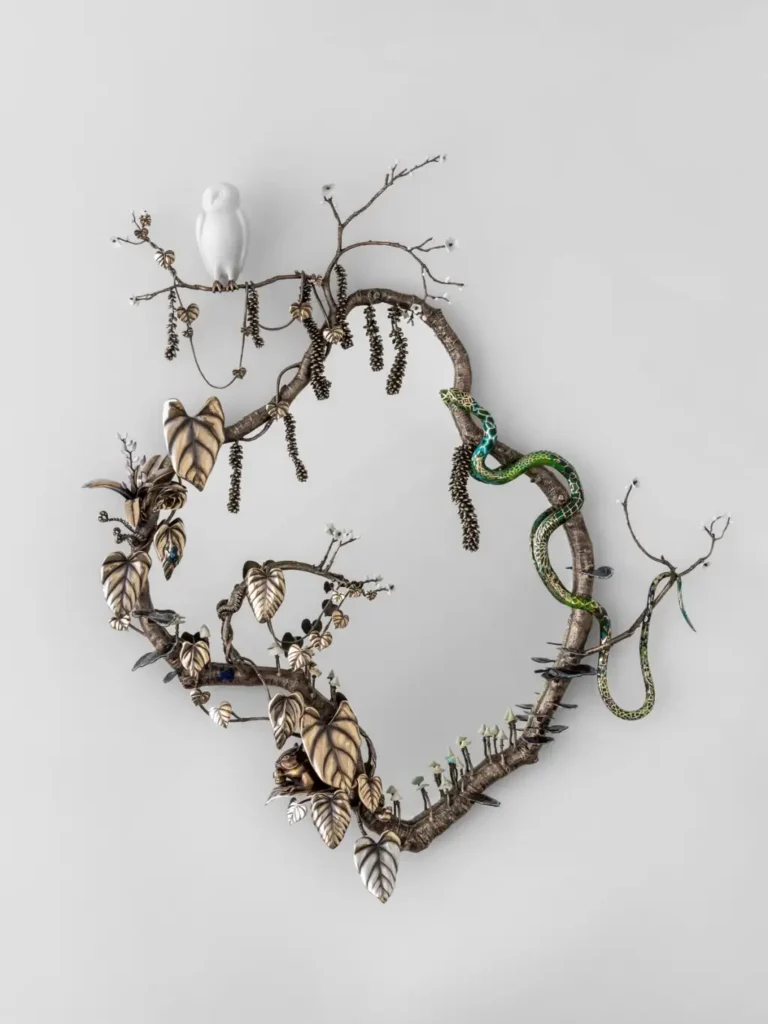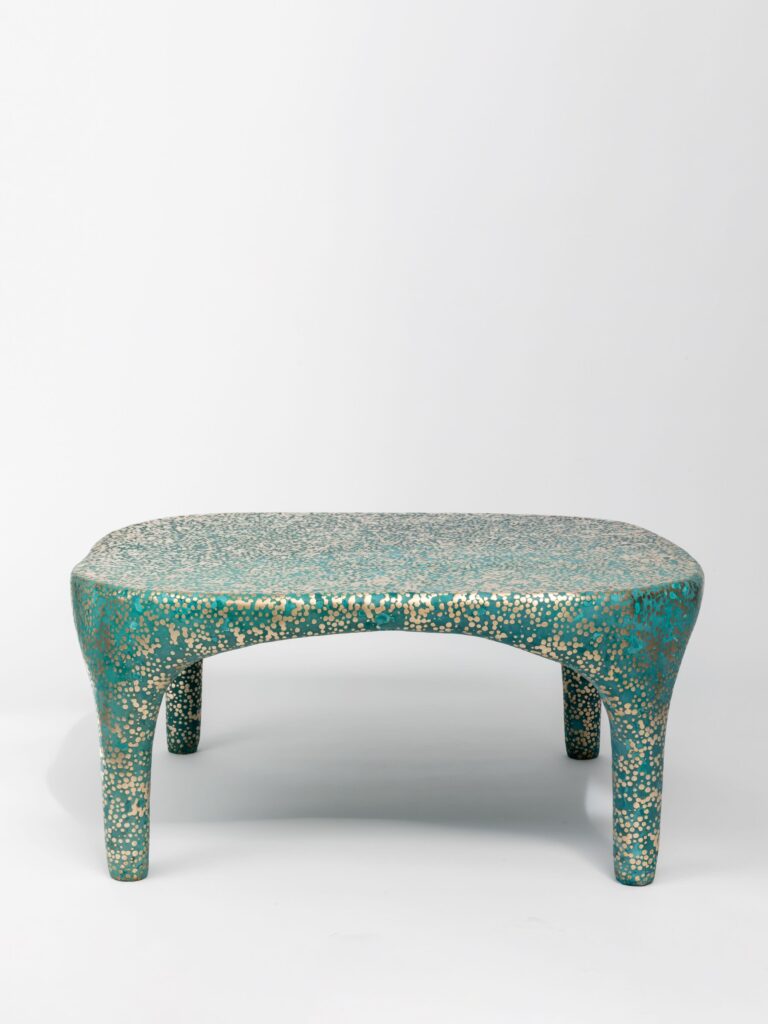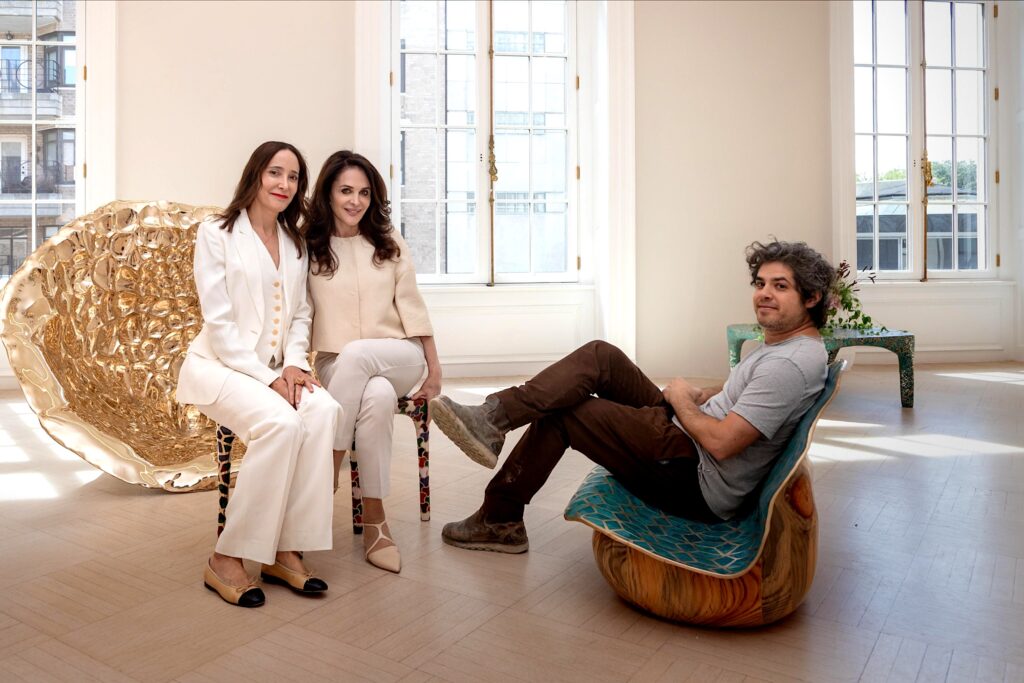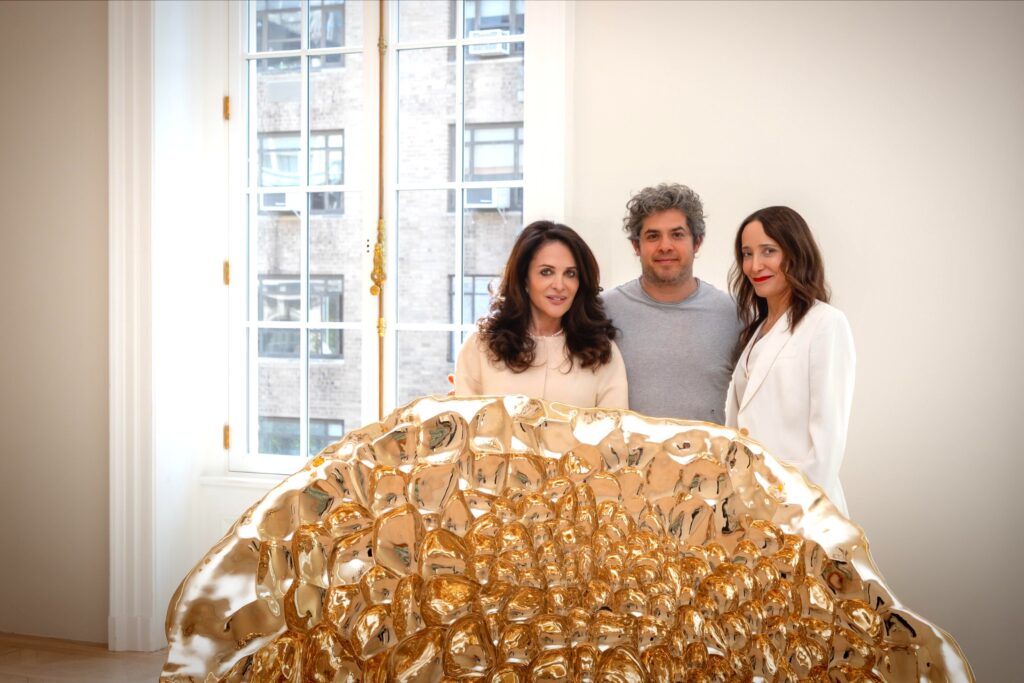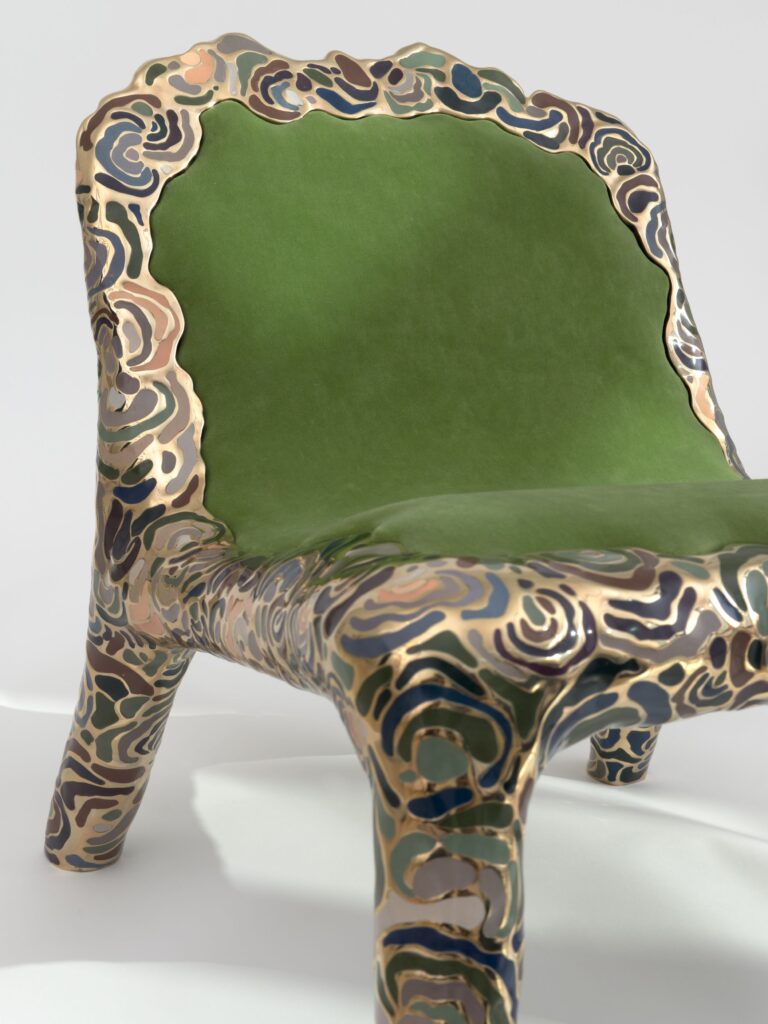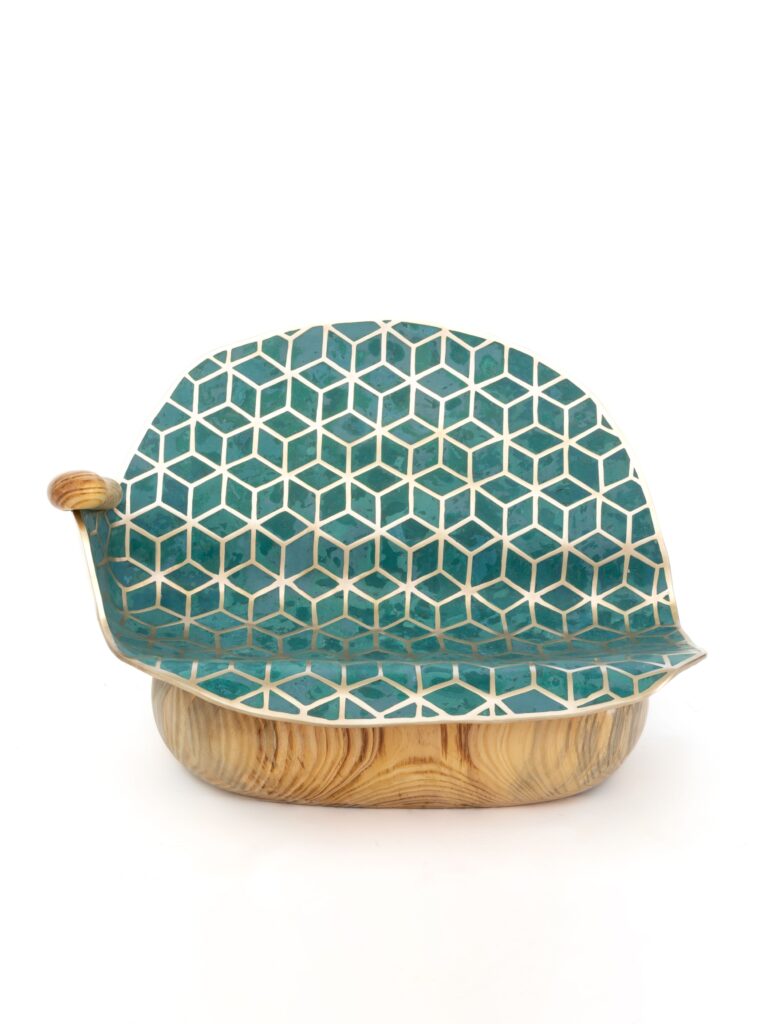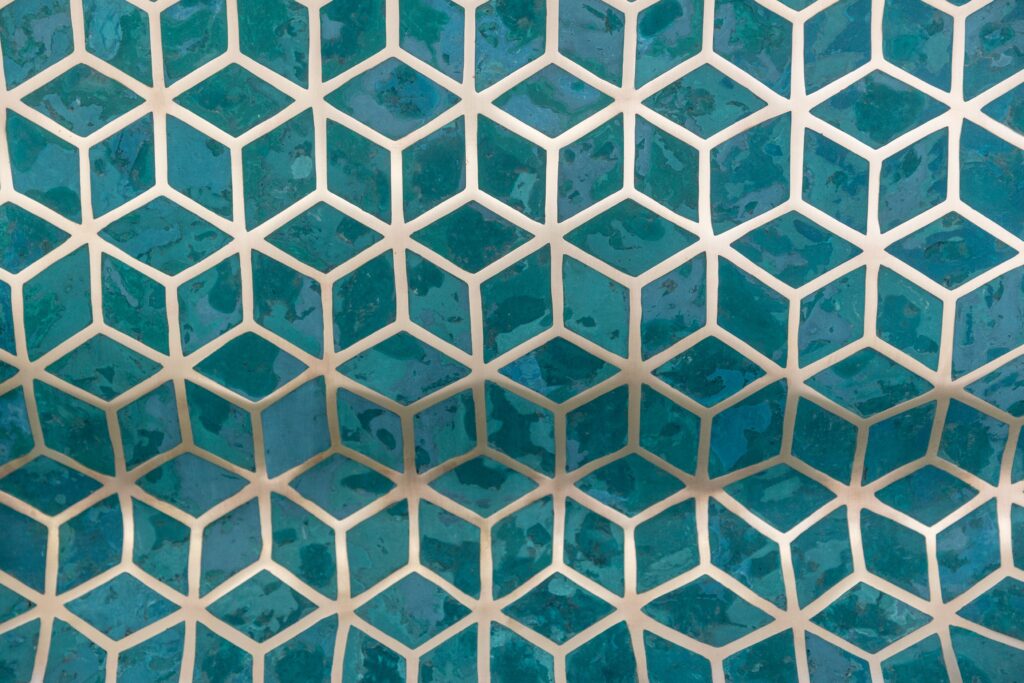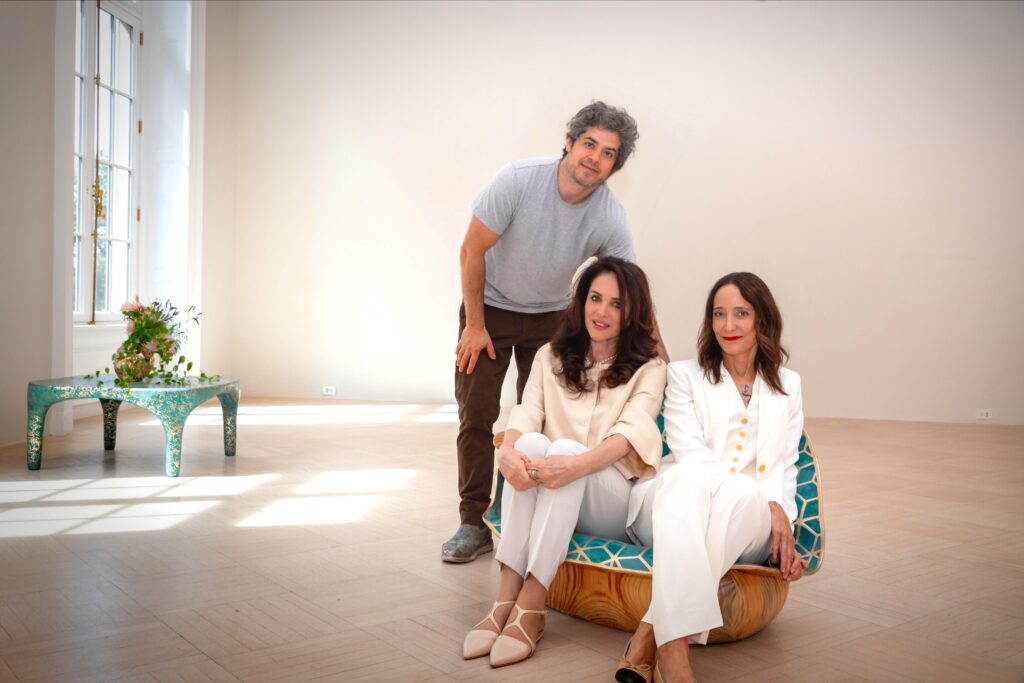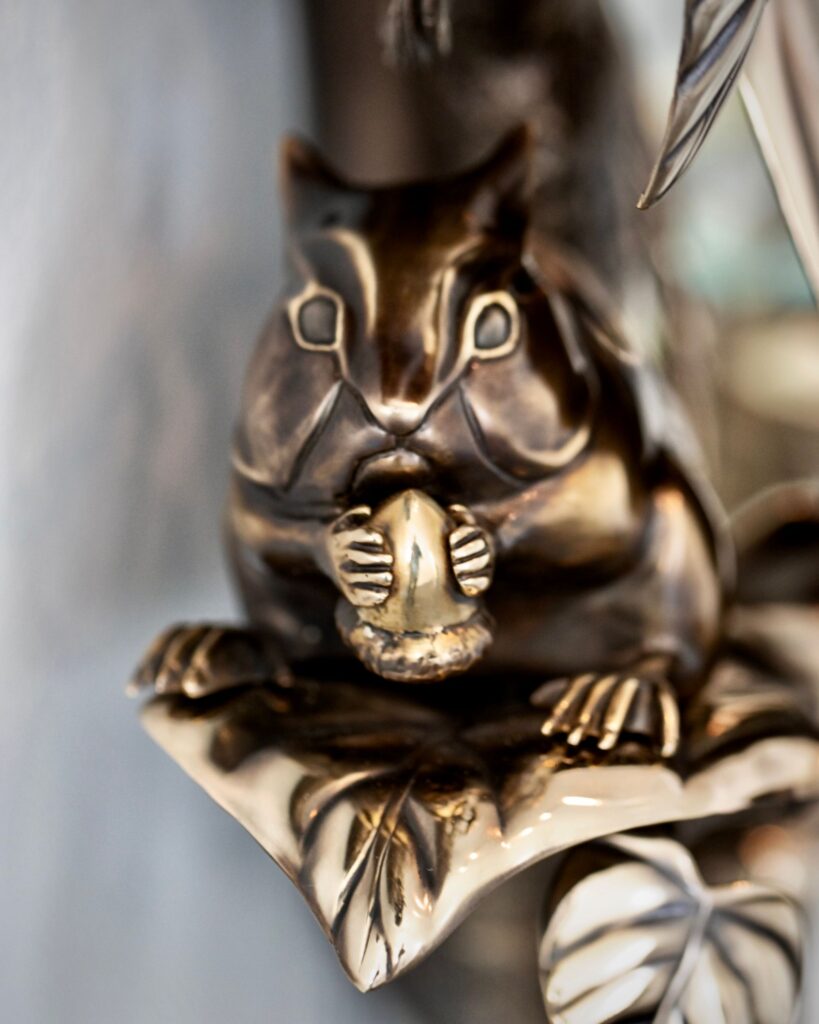
In the early 2000s when Los Angeles-based designer David Wiseman first entered the world of design as a fresh graduate from RISD, the contemporary furniture at the forefront of the newly emerged design market took on minimalistic sensibilities. It was not modernism nor postmodernism, but an innovative and personal expressions of new and organic type of design fit for the turn of the millennium and the 21st century. Zaha Hadid, Ron Arad, Marc Newson, Aldo Baker, and the Dutch stars all formulated their own unique and personal vocabularies of fluidity and minimalism while using the materials of the new century, experimenting with the rediscovered handcraftsmanship.
Wiseman brought an entirely new spirit to the heart of contemporary design in the early 2000s. At the time, the richly ornamented furniture, objects, and site-specific installations that were intricate, opulent, and complex were unusal and unexpected. They reminded us not of the political landscape, the digital revolution, and the futurism of the turn of the millennium, but rather of the history of decorative arts. It was time when the traditional decorative arts received the scholarly attention they deserved and were acknoledged in literature, academic programs, and museum shows. Wiseman’s work brougth a new energy, as it was always sensual in the most traditional way; alive, elegant, and fully resolved. Furniture which looked more like precious jewels than functional pieces. His approach was daring and unusual compared to other artists of his generation, and his labor-intensive pieces came exactly at the right time and were embraced by the newly emerged curated interior. Wiseman quickly became the darling of the interior designer world, and the exquisite details and the use of traditional materials—such as bronze, porcelain, and crystal—were the perfect fit to the spirit of the time. Wiseman’s passion for the natural world and for the art of Japan, China, Egypt, and other exotic cultures were apparent in all of his pieces. As his career developed and grew, he devoted his oeuvre more and more to site-specific installations which became more and more ambitious and allowed him to become a cosmopolitan designer. Those remarkable installations were sprawling over walls, ceilings, and entire elaborated interior spaces, reminding us of the interiors of the rococo palaces in the German-speaking world in the 18th century more than of the avant-garde of the time.
Now, in his new solo show Works from the Lost Valley at Salon94, Wiseman goes back to the place he started twenty years ago, presenting a series of works in small scale, showing chairs, tables, mirrors, stools, and objects while experimenting with new materials, new vocabularies, and summarizing his voice in small scale pieces. Stone, concrete, natural resins, and fibers are added to his regular use of bronze, porcelain, and crystal, bringing a new dimensions to his pieces. His Marimo Pom Chair is particularly interesting and surprising; a bronze frame embedded with a rainbow of carpet poms, with those sample tufts often used by decorators were utilized to select their colors, merging the ephemeral and the precious.
I particularly loved the Lattice Stools, which are cast in bronze in the lost wax casting technique and filled with rich pigmented resins and concrete, reminding us of Chinese cloisonné. These tiny, jeweled objects, despite being small in scale, are powerful and unique. Each one different, each has its own beauty, and they look like bracelettes from the top jewelry houses. Wiseman and his team of skilled artisans are constantly plumbing the possibilities of new material combinations, building up and breaking down, casting and recasting, firing and refiring to find complex, technically daring ways to construct forms that, in the end, read as effortless and natural. The stools revel in the glorious color of embedded resins that seem to have an alchemical reaction to the bronze frames, less applied ornament than dynamic fusion. The pigmented turquoise resin of the Lattice Stool winks at the color of the blue faience Egyptian hippopotamus sculpture at the Metropolitan Museum, suggesting a link between Wiseman’s experiments and the millennia of material innovation that preceded it. The ombre of green to yellow on the Supernova Stool feels like an inspired coalescence of art and nature, bright and beautiful.
While Wiseman’s passion for the natural world is reflected in every piece presented in the show, there is a strong sense of elegance, domesticity, and quality as well as the feeling that you get when you enter the old-world allure and see a craftsmanship of the type that no longer exists.
This exhibition will be on view at Salon94 Design until November 2nd.
